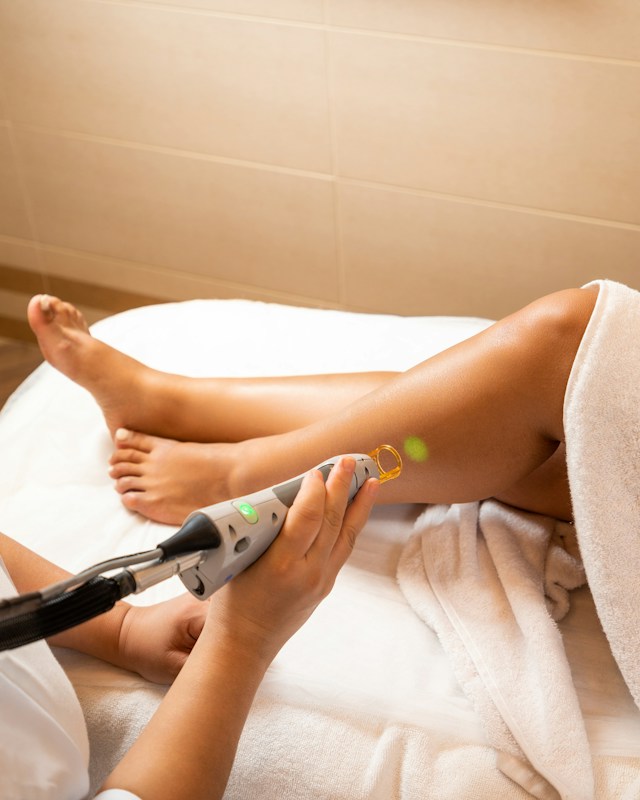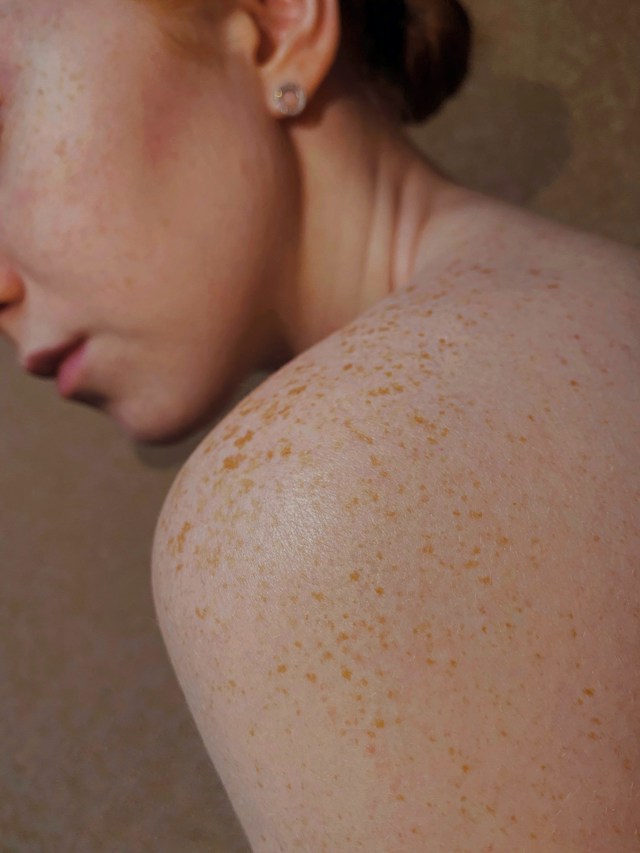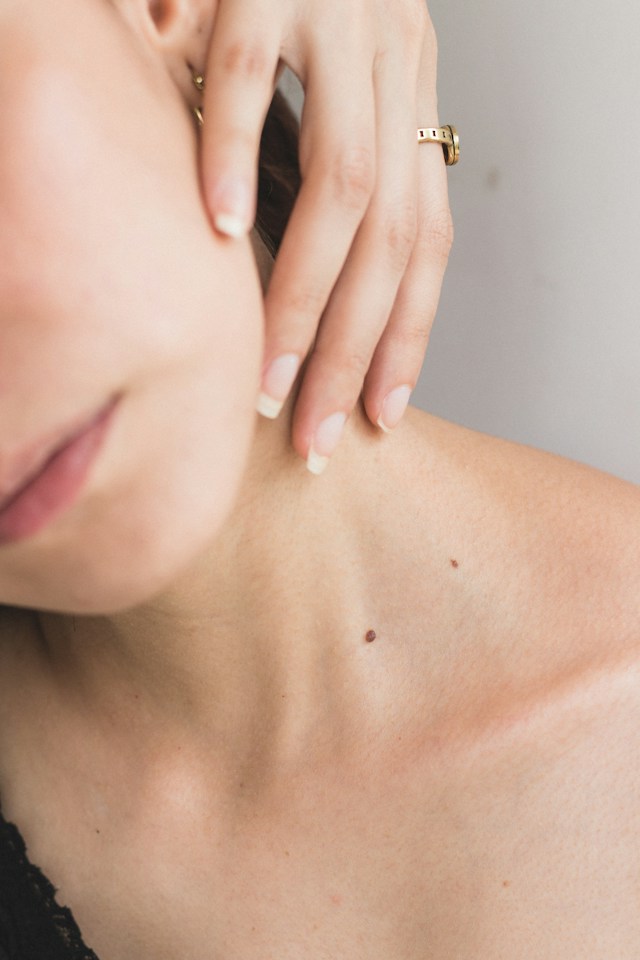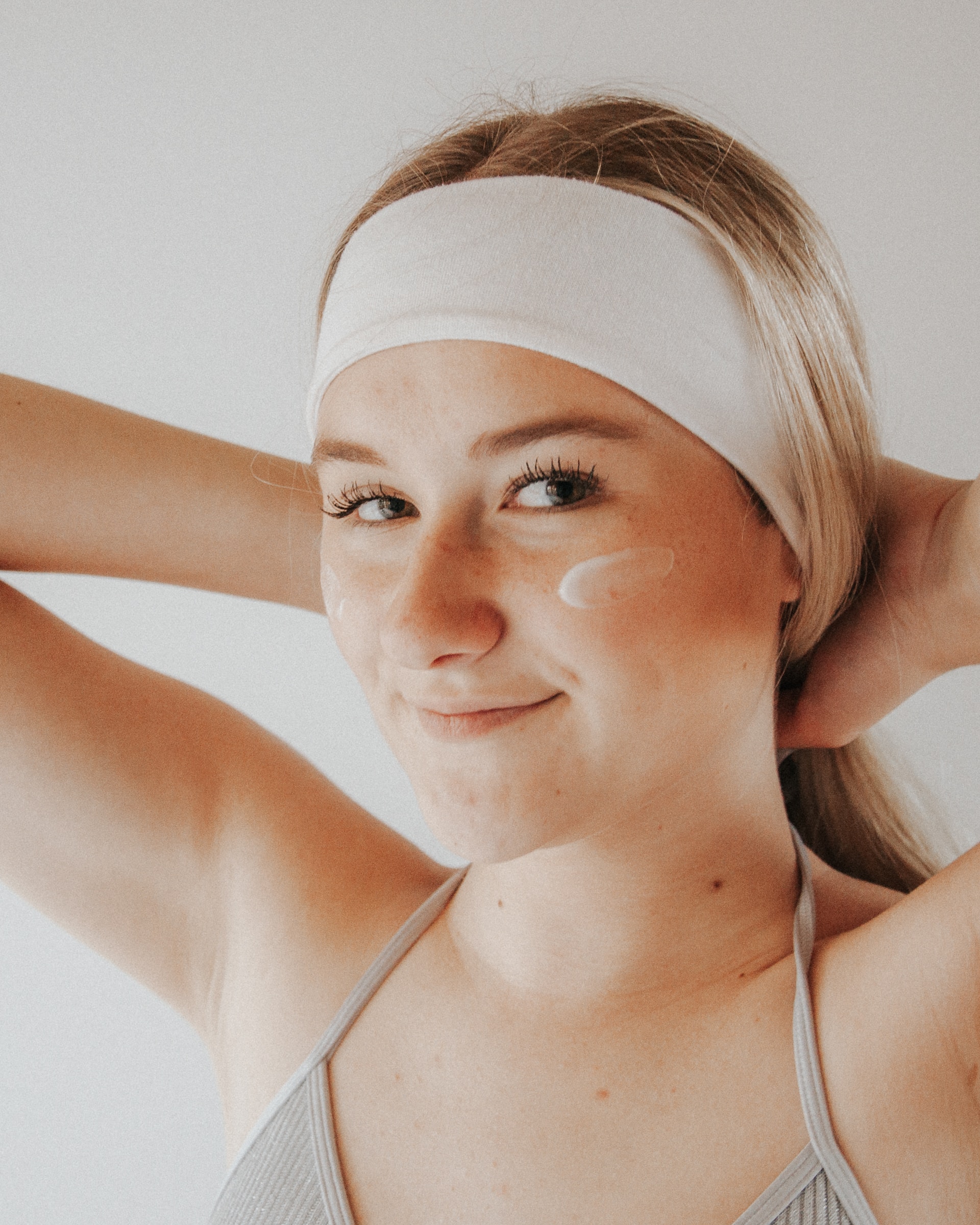Mole removal is a widespread dermatological practice performed for different reasons, from esthetical considerations to health ones. While the mole removal procedure is routine, post-mole removal care is crucial for achieving optimal healing and minimising scarring. This article is a thorough guide to the different aspects of post-mole removal care and provides valuable information about the actions people can take to go through the period of recovery effectively. It is an important part of skin cancer checks.
The Mole Removal Process
One of the essential issues to consider before getting to post-removal care is the mole removal process. Methods that can be used by dermatologists include excision, laser removal, or electrocautery, among others, which could depend on factors such as mole size, type, and location. After the operation, it’s essential to care for the healing skin to prevent complications and ensure a successful recovery process.
Immediate Post-Removal Care
The first few seconds of mole removal dictate the character of recovery that will follow. Dermatologists typically use a sterile dressing for the treated area. Strict adherence to certain post-extraction instructions is essential. Whether it is a simple adhesive plaster or a more complex dressing, keeping it in peace and following the cleanliness directions will ensure a smooth recovery.

Managing Discomfort and Pain
Mild discomfort and pain are normal after the removal of moles. These symptoms are usually managed by dermatologists with over-the-counter pain relievers such as acetaminophen or ibuprofen. It is necessary to consult with the dermatologist before self-administering any drugs, particularly when there are specific indications or contraindications.
Wound Care: A Critical Element
Proper wound care is a cornerstone of scar prevention and successful tissue regeneration. Simple rules for wound care include gentle cleansing with mild soap and water, and avoiding strong cleansers or alcohol-based products. During the early healing phase, keeping the wound dry is crucial, which means avoiding activities such as lying in water during a shower. The compliance of the patient to the dermatologist’s guideline on how often to change the dressing ensures cleanliness and helps in preventing infection.
Infection Surveillance
It is very important to be alert for signs of infection when the mole has been removed. Redness, swelling, warmth, or purulent discharge are alarming signs. All of these features prompt getting in touch with the dermatologist for re-evaluation and directions.
Sun Protection: Protection of the Skin from Harm
Sun protection is an important part of post-mole removal care. The Healing process may be affected by sun exposure, leading to hyperpigmentation and compromising the desired result. In most cases, it is advisable to use sunscreen with a very high SPF, in combination with avoiding long sun exposure during the first weeks of skin recovery.
Avoiding Scratching or Picking
One of the common impulses is the urge to scratch or pick at the scab or the skin around the treated area. Nevertheless, such activities can interrupt the fragile restorative process and increase the possibility of scarring. Suppressing this impulse is extremely important to make the recovery process smooth.
Gradual Resumption of Activities
The site and size of the excised mole determine what activities the dermatologist would recommend during the first days of healing. Compliance with these guidelines is crucial in preventing the emergence of complications and ensuring healing.
Follow-up Appointments: Sustaining Progress
Regular appointments with a dermatologist are essential in the post-mole removal care. The appointments enable the health care providers to evaluate the healing process, deal with new emerging problems, and offer more direction during follow-up care.

Topical Treatments: Healing the Wounds
In some cases, dermatologists may prescribe topical treatments like antibiotic ointments or scar-minimising creams. Strictly observing the regimen prescribed accelerates the process of healing and reduces the scarring, as well.
Emotional Well-being: Appreciation of Influence
Likewise, mole removal can have psychological implications, especially if the mole is of great aesthetic importance. People are advised to accept and allow themselves time to adapt to this change. Looking for help from friends, family, or even a mental health professional can be helpful during this time of transition.
On the whole, after-mole removal care is a complicated process that needs to be considered from many sides, such as wound dressings, sun protection, and psychological health. These comprehensive rules followed by consistent communication with the dermatologist help a person to walk through the recovery period without fear and care. Healing to the best, with minimal scarring, enables people to accept their new skin in comfort and certainty.




